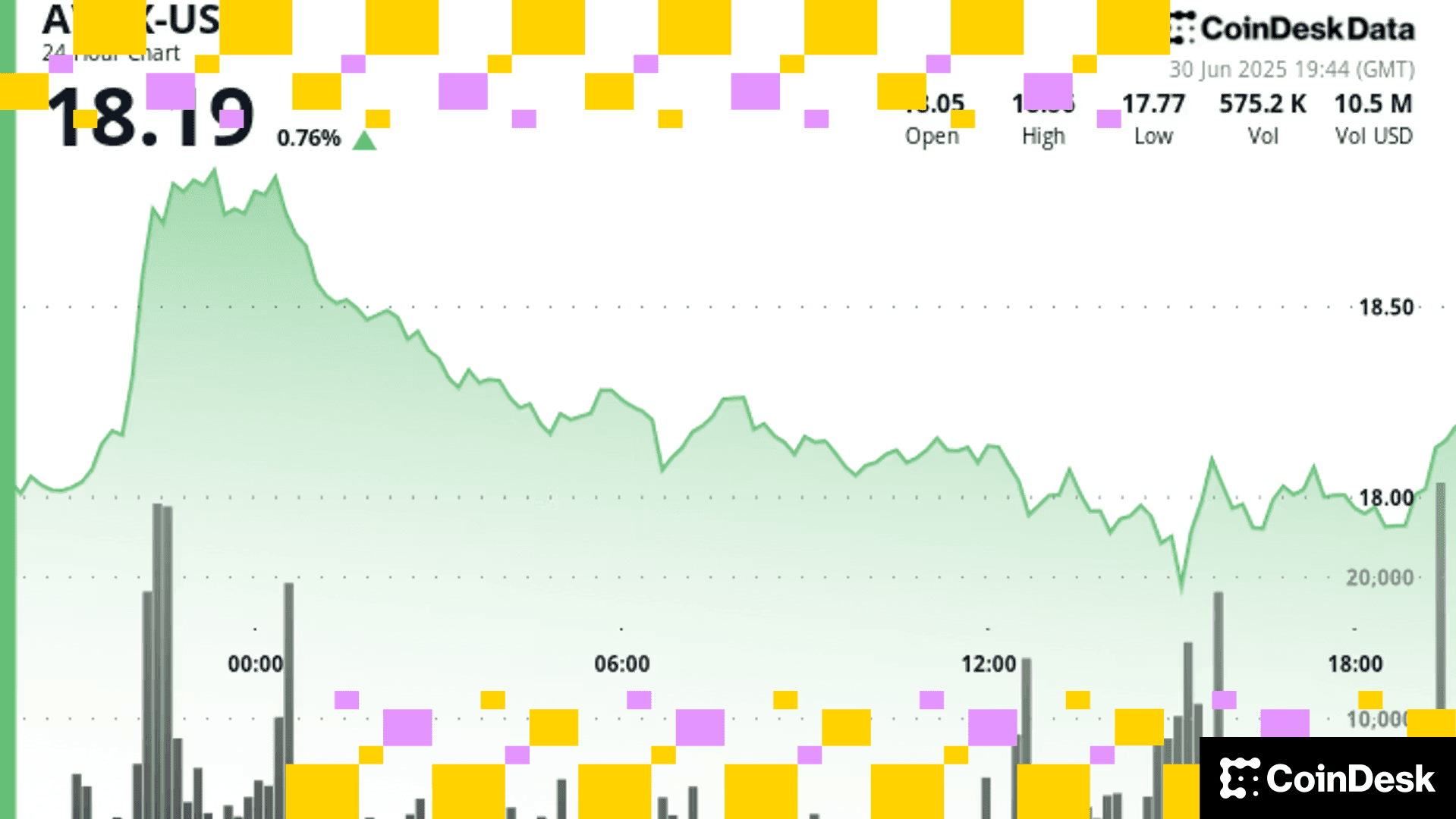Even 'Safe' Stablecoins Might Pose Financial Stability Risk, New York Fed Says
Researchers at the Federal Reserve Bank of New York published a new paper claiming Circle's USDC stablecoin poses a risk to the broader financial system.

In this article
The rise of Circle’s USDC stablecoin – as opposed to the controversial
“This substitution from tether into USDC illustrates a bigger concern – namely, that resilient stablecoins can amplify run risks from more fragile ones as they provide a convenient instrument to run to,” the report said.
Titled “The Financial Stability Implications of Digital Assets,” the paper comes in the same week the U.S. Financial Stability Oversight Council – a group of regulators led by Treasury Secretary Janet Yellen – is poised to release a report in response to President Joe Biden's executive order calling for a plan to oversee crypto. The report is meant to explore the potential hazards that digital assets pose to the wider financial system.
The U.S. Congress is still in the process of taking action on cryptocurrencies, in particular stablecoins because they pose the largest risk to the broader financial system due to their interconnection to traditional markets. Just Monday, USDT issuer Tether announced it increased its holding of U.S. Treasury bonds to 58.1% of its total portfolio.
“The implications of stress in the crypto ecosystem on financial stability depend crucially on how interconnected it is with the traditional financial sector,” the paper said.
In the past, researchers have often pointed out the danger of stablecoins not being fully backed or being unable to maintain a 1:1 peg to the dollar. The latest report, however, seems more concerned with the risk that one large issuer could have the power to blot out competitors, which could then result in a run on those coins.
To mitigate those risks, the Fed recommends that whichever agency eventually oversees stablecoins should have the authority to implement laws that would facilitate interoperability among stablecoins. It also suggests Congress provide that overseer with a way to limit stablecoin issuers’ affiliations with commercial entities.
The report also followed the President's Working Group’s recommendation that stablecoin issuers should be insured depository institutions.
Jesse Hamilton contributed reporting.
More For You
Exchange Review - March 2025

CoinDesk Data's monthly Exchange Review captures the key developments within the cryptocurrency exchange market. The report includes analyses that relate to exchange volumes, crypto derivatives trading, market segmentation by fees, fiat trading, and more.
What to know:
Trading activity softened in March as market uncertainty grew amid escalating tariff tensions between the U.S. and global trading partners. Centralized exchanges recorded their lowest combined trading volume since October, declining 6.24% to $6.79tn. This marked the third consecutive monthly decline across both market segments, with spot trading volume falling 14.1% to $1.98tn and derivatives trading slipping 2.56% to $4.81tn.
- Trading Volumes Decline for Third Consecutive Month: Combined spot and derivatives trading volume on centralized exchanges fell by 6.24% to $6.79tn in March 2025, reaching the lowest level since October. Both spot and derivatives markets recorded their third consecutive monthly decline, falling 14.1% and 2.56% to $1.98tn and $4.81tn respectively.
- Institutional Crypto Trading Volume on CME Falls 23.5%: In March, total derivatives trading volume on the CME exchange fell by 23.5% to $175bn, the lowest monthly volume since October 2024. CME's market share among derivatives exchanges dropped from 4.63% to 3.64%, suggesting declining institutional interest amid current macroeconomic conditions.
- Bybit Spot Market Share Slides in March: Spot trading volume on Bybit fell by 52.1% to $81.1bn in March, coinciding with decreased trading activity following the hack of the exchange's cold wallets in February. Bybit's spot market share dropped from 7.35% to 4.10%, its lowest since July 2023.
More For You











